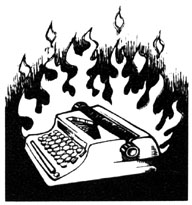Once again, the World Bank has allocated around $200 million for 'slum upgrading' in Lagos, Nigeria, the Daily Sun reports. Nine communities--Agege, Ajegunle, Amukoko, Badia, Bariga, Ijeshatedo/Itire, Ilaje, Iwaya and Makoko--are supposed to receive new infrastructure and unspecified other improvements under the deal.
But what does this mean? What does the upgrading entail? And, given that the city supplies neither water nor electricity (most people with enough money sink boreholes to tap underground water and run diesel generators to get their electricity), what kinds of infrastructure improvements are contemplated. Further, what will happen to the current residents during and after the work? And, finally, why is this all taking place, as the newspaper notes, in order to "impact positively on Lagos as a whole in its quest to attain a mega city status?" What does that mean?
Subscribe to:
Post Comments (Atom)




No comments:
Post a Comment